LEE BOW EFFECT |
Post Reply 
|
Page <1 7891011 22> |
| Author | |
Rockhopper 
Really should get out more 
Joined: 16 Nov 07 Location: Eastry Online Status: Offline Posts: 642 |
 Post Options Post Options
 Quote Quote  Reply Reply
 Topic: LEE BOW EFFECT Topic: LEE BOW EFFECTPosted: 13 Oct 11 at 3:14pm |
|
I cant belive its got the 8 pages so far on this topic
Every sea club where tides are will at some point have a lee bow effect some people master it and others cant seem to understand how it works even at our club some know how to make the most of it just like reading the tide on the water others cant but does have an effect it does to a certain point i know used to use it all the time when sailing slower boats
|
|
|
Retired now after 35 seasons in a row and time for a rest.
2004 national champ Laser5000 2007,2010,National Champ Rs Vareo |
|
 |
|
Garry 
Really should get out more 
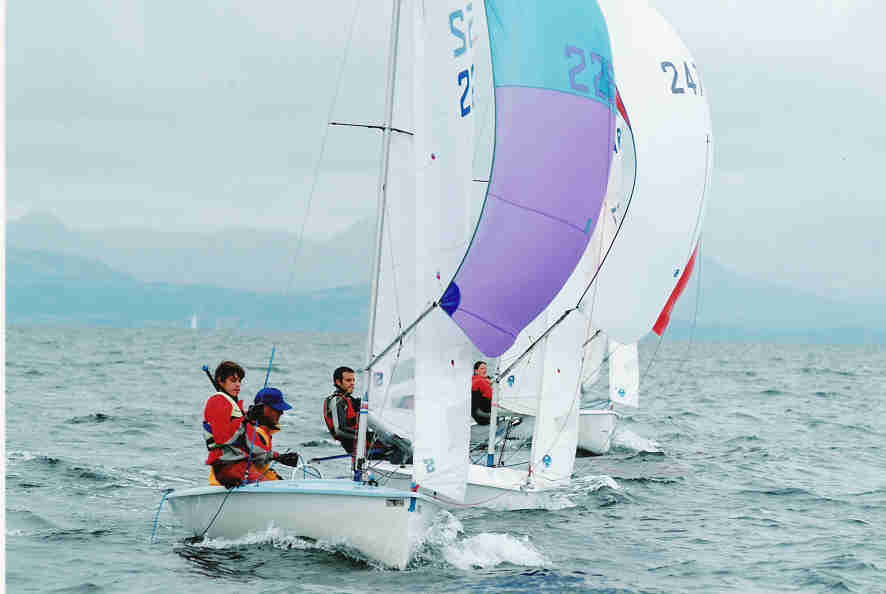
Joined: 18 Apr 04 Location: United Kingdom Online Status: Offline Posts: 536 |
 Post Options Post Options
 Quote Quote  Reply Reply
 Posted: 13 Oct 11 at 3:22pm Posted: 13 Oct 11 at 3:22pm |
|
Sailing the tack that gets you to the mark quickest works for me, the rest is academic - thanks for that insight Jim
|
|
|
Garry
Lark 2252, Contender 298 www.cuckoos.eclipse.co.uk |
|
 |
|
tgruitt 
Really should get out more 

Joined: 02 Dec 04 Online Status: Offline Posts: 2479 |
 Post Options Post Options
 Quote Quote  Reply Reply
 Posted: 13 Oct 11 at 3:23pm Posted: 13 Oct 11 at 3:23pm |
|
So what angle from the bow does the tide have to be for it to have this effect? Let's just say it's on the starboard bow, what does the angle need to be between the centreline of the boat and the angle of the tide?
|
|
|
Needs to sail more...
|
|
 |
|
Presuming Ed 
Really should get out more 
Joined: 26 Feb 05 Location: United Kingdom Online Status: Offline Posts: 641 |
 Post Options Post Options
 Quote Quote  Reply Reply
 Posted: 13 Oct 11 at 3:34pm Posted: 13 Oct 11 at 3:34pm |
Couple of articles in Seahorse recently from David Hollom about why gybing boards are a chimera. Worth digging out (if you can ever understand his articles).
|
|
 |
|
JimC 
Really should get out more 

Joined: 17 May 04 Location: United Kingdom Online Status: Offline Posts: 6662 |
 Post Options Post Options
 Quote Quote  Reply Reply
 Posted: 13 Oct 11 at 3:56pm Posted: 13 Oct 11 at 3:56pm |
|
Suggest that if you want to talk about gybing boards it goes in a new topic, because its an even more complicated subject... So I've statred one...
Edited by JimC - 13 Oct 11 at 4:00pm |
|
 |
|
sargesail 
Really should get out more 
Joined: 14 Jan 06 Location: United Kingdom Online Status: Offline Posts: 1459 |
 Post Options Post Options
 Quote Quote  Reply Reply
 Posted: 13 Oct 11 at 8:28pm Posted: 13 Oct 11 at 8:28pm |
|
Dude - Great post. It sums up the issue
for me. There are broadly 3 camps: 1. The believers who have
"experienced" lee bow effect, or been told about it and just accept
it. 2. The unbelievers. I'll explain
why below. 3. The technical believers - GRF's post
nearly put me back in that camp and might yet when I go and get my copy of
"The Symettry of Sailing" off the shelf tonight. The unbelievers have a "simple"
model in which the tide is like a conveyor belt. (And I'm looking at
a system without variables here to ease the explanation). In that model
the angle of the boat to the tide is irrelevant and there can be no lee-bow
effect. The technical believers use a complex model
in which altering the angle of attack of the hull and foils to the tide alters
the force applied to them by the tide. This in turn affects the
force applied by the sails because the forces acting in the two fluids
must remain in balance. GRF's
post almost convinced me - but then I stepped back and remembered that the
lower fluid in which those forces are working is not the tide but water.
If the water is moving east at three knots and the boat has a force applied to
it by the tide which would move it east at 3 knots in the absence of other
forces moving it in different directions then there is no angular force on the
hull and foils. |
|
 |
|
fab100 
Really should get out more 
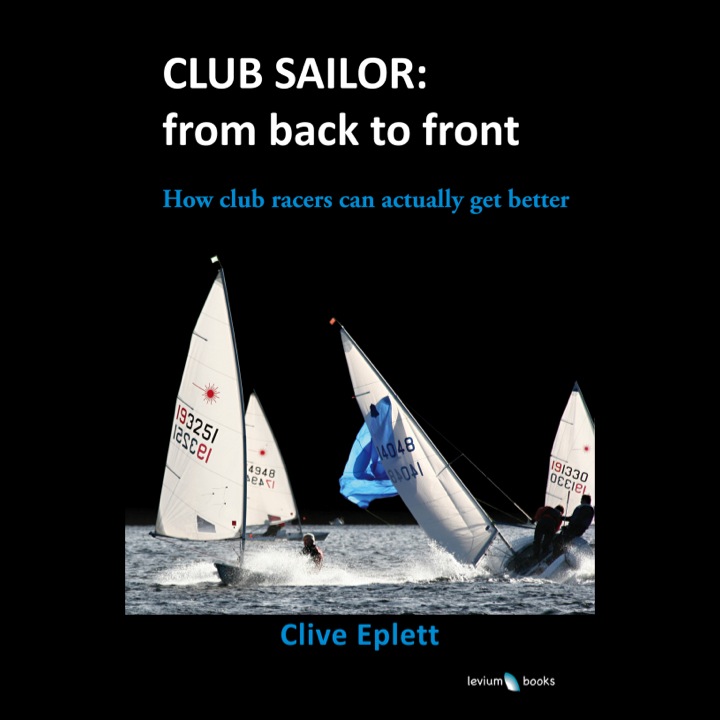
Joined: 15 Mar 11 Online Status: Offline Posts: 1005 |
 Post Options Post Options
 Quote Quote  Reply Reply
 Posted: 13 Oct 11 at 8:31pm Posted: 13 Oct 11 at 8:31pm |
Forget apparent wind, a red herring. The name lee-bow effect is part of the problem too, it gets over interpreted, as has rightly been said. Anyway. Imagine sailing close-hauled directly into the tide, doing 1.01 knots thru the water, against a 1 knot, on the nose, adverse tide. If you point slightly high of the tide, over 10 minutes you will go hardly forwards, over the ground, at all. But the 'high' element means you will crab to windward, over the ground. This too is simple vectors. Conversely, if you point slightly low of the tide direction, you will go hardly forwards at all, but again a long way sideways, but this time to leeward. Apply this and as if by magic, you are suddenly miles to windward, so well ahead of the low pointer. Tweak the numbers for boat speed and tide flow how you like, the effect remains. So, much as it hurts me to say it, GRF is spot on. I too have been there, struggling to get around a mark in the middle of the tide. Seen it, done it, got the t-shirt. Don't care about the mathematical models. If they don't agree with the empirical evidence, the model is wrong, not the real world. (I'm trying not to say 'just like global warming.' Doh! It slipped out) But if anyone sees me ordering a V-twin, please shoot me before I can sign the cheque! |
|
 |
|
JimC 
Really should get out more 

Joined: 17 May 04 Location: United Kingdom Online Status: Offline Posts: 6662 |
 Post Options Post Options
 Quote Quote  Reply Reply
 Posted: 13 Oct 11 at 8:47pm Posted: 13 Oct 11 at 8:47pm |
You're missing a few things. First, if you are doing 1.01 knots through the water when you are slugging that 1 knot tide then if you point up 1 dgree you will drop speed, say to 0.91 knots. Conversely if you point down 1 degree you may go up to 1.11 knots. Then lets consider how big the lateral component of this tide actually is. If its a 1 knot tide and you are 1 degree off bang into it the lateral component is going to be, oh I dunno, I can't be bothered to do the sums, but lets say 0.01 knot (bet its way less than that). So that means that if you point up the 1 degree then after an hour you will be one tenth of a mile downtide and 1 hundredth of a mile cross tide of where you started. Meanwhile the chap who pointed down is 3 tenths of a mile uptide but one hundredth of a mile cross tide. He then puts a covering tack in and sails the two hundredths of a mile needed to be bang in front of you in about a minute and a half in which he gets pushed back two hundredths of a mile by the tide to be that much less than three tenths of a mile ahead of you... Ah yes, you say, but I can point 2 degrees higher than the other chap and not go any slower. In which case I say congratulations, well sailed, but that means you'd beat him just as thoroughly if there were no tide at all... Edited by JimC - 13 Oct 11 at 8:56pm |
|
 |
|
sargesail 
Really should get out more 
Joined: 14 Jan 06 Location: United Kingdom Online Status: Offline Posts: 1459 |
 Post Options Post Options
 Quote Quote  Reply Reply
 Posted: 13 Oct 11 at 8:56pm Posted: 13 Oct 11 at 8:56pm |
|
Which would be fine if all we did was fetched....but the boat which points high sees its gain neutralised as soon as they both tack. Because the boat that footed should be moderately faster so is slightly further to windward on the new tack - and because the tiny gain to windward is off set by the speed on the new tack which is root 2 at 135 degrees to the old heading, making any gain almost irrelevant.
This is just sail the lee bowed (major) tack first. But it is a good way of explaining the phenonomen which has been obsereved without resorting to the fallacy that you get "lift" from the angle to the tide.
|
|
 |
|
leebow the letter 
Newbie 
Joined: 13 Oct 11 Online Status: Offline Posts: 2 |
 Post Options Post Options
 Quote Quote  Reply Reply
 Posted: 13 Oct 11 at 10:30pm Posted: 13 Oct 11 at 10:30pm |

|
|
 |
|
Post Reply 
|
Page <1 7891011 22> |
| Forum Jump | Forum Permissions  You cannot post new topics in this forum You cannot reply to topics in this forum You cannot delete your posts in this forum You cannot edit your posts in this forum You cannot create polls in this forum You cannot vote in polls in this forum |
Copyright ©2001-2010 Web Wiz
Change your personal settings, or read our privacy policy






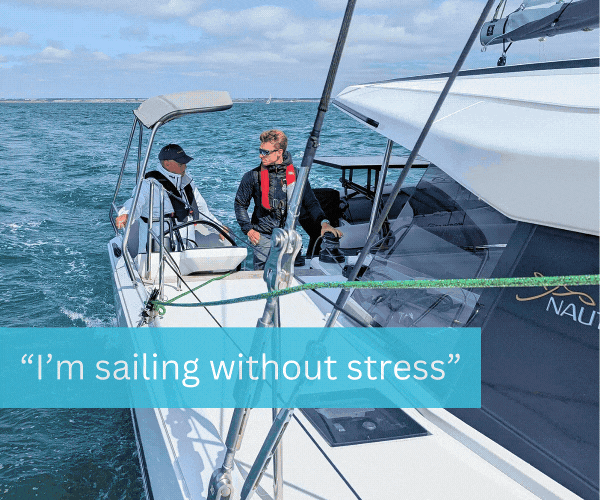





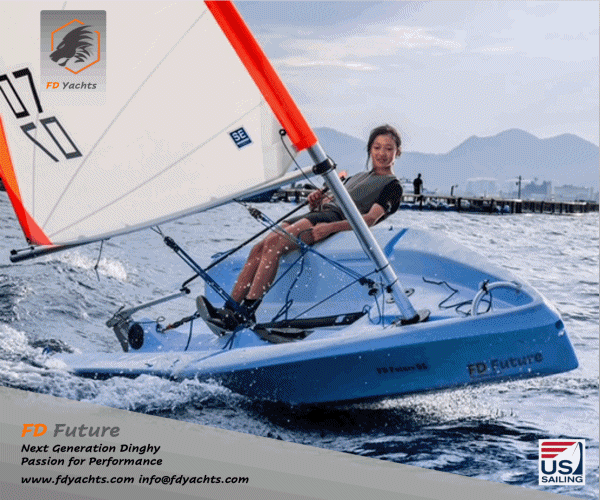

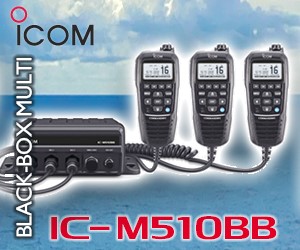
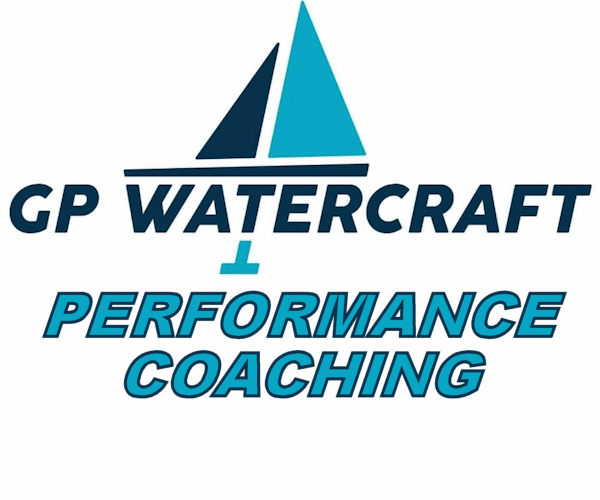








 Printable Version
Printable Version Delicious
Delicious Digg
Digg Facebook
Facebook Furl
Furl Google
Google MySpace
MySpace Newsvine
Newsvine reddit
reddit StumbleUpon
StumbleUpon Twitter
Twitter Windows Live
Windows Live Yahoo Bookmarks
Yahoo Bookmarks Topic Options
Topic Options